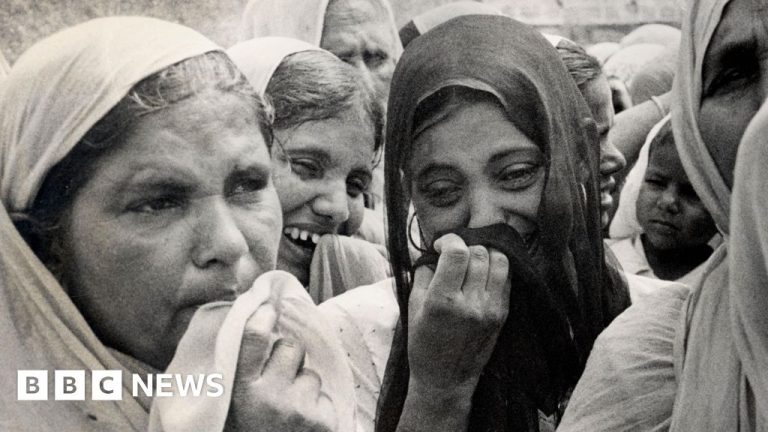On the morning of October 31, 1984, Indian Prime Minister Indira Gandhi was assassinated by her bodyguards as she left her official residence in Delhi, the capital.
Daughter of Indian independence leader and first Prime Minister, Jawaharlal Nehru, she was serving her fourth term in the highest office.
A day before his assassination, Gandhi told a political rally in the eastern state of Odisha (formerly Orissa): “I don't mind if my life is in the service of the nation.” If I die today, every drop of my blood will invigorate the nation. »
Often nicknamed the “Iron Lady”, Gandhi played an important role in the independence of Bangladesh, India's eastern neighbor, from Pakistan in 1971.
In 1975, it imposed a state of emergency for a period of 21 months, from June 1975 to March 1977. The period was marked by massive media censorship, restrictions on civil rights and a campaign of mass forced sterilization.
Gandhi lost the following parliamentary elections, including her own seat, but returned with a decisive mandate within months.
In the 1980s, Sikh separatists in Punjab demanded an independent homeland, called Khalistan. In 1984, Gandhi ordered massive military action against those taking refuge in the Golden Temple in Amritsar, the faith's holiest shrine.
Around 400 people, including soldiers and pilgrims, were killed in the military raid known as Operation Blue Star. Sikh groups dispute that figure, saying thousands died.
A few months later, Gandhi was assassinated by her Sikh bodyguards, apparently seeking revenge for her decision to send troops inside the shrine.
News of his death sparked violent attacks on Sikhs by his supporters in Delhi and beyond, leaving nearly 3,000 dead in a matter of days.
Forty years later, victims continue to seek justice, while many defendants remain acquitted and appeals are still pending in the courts.

